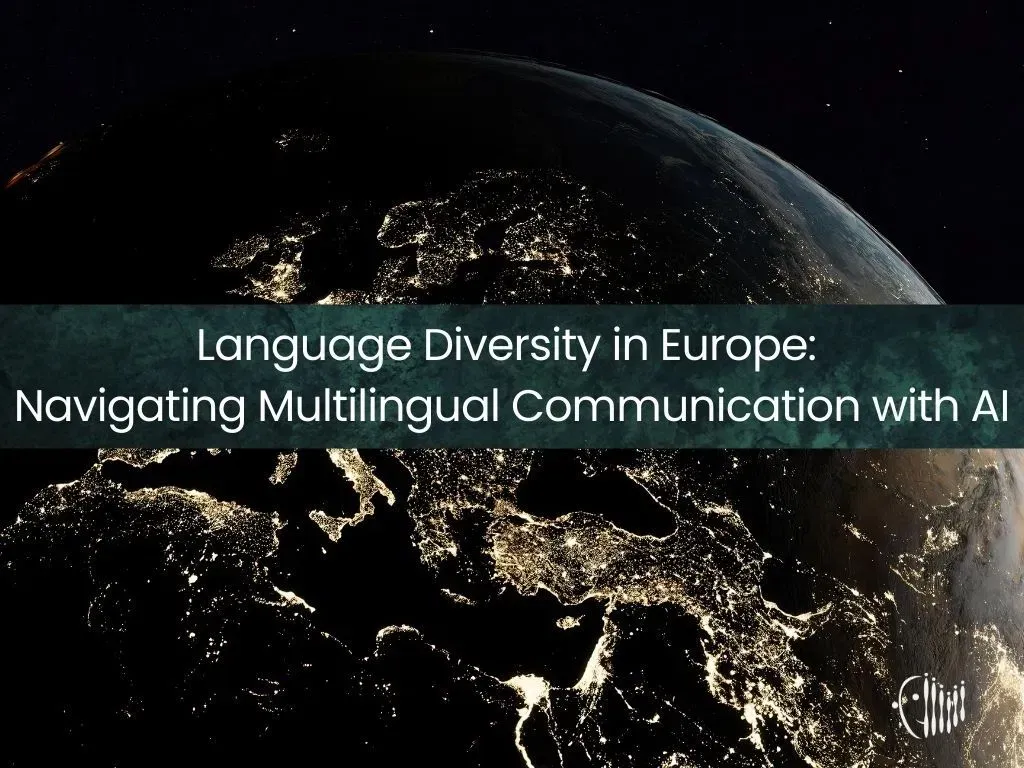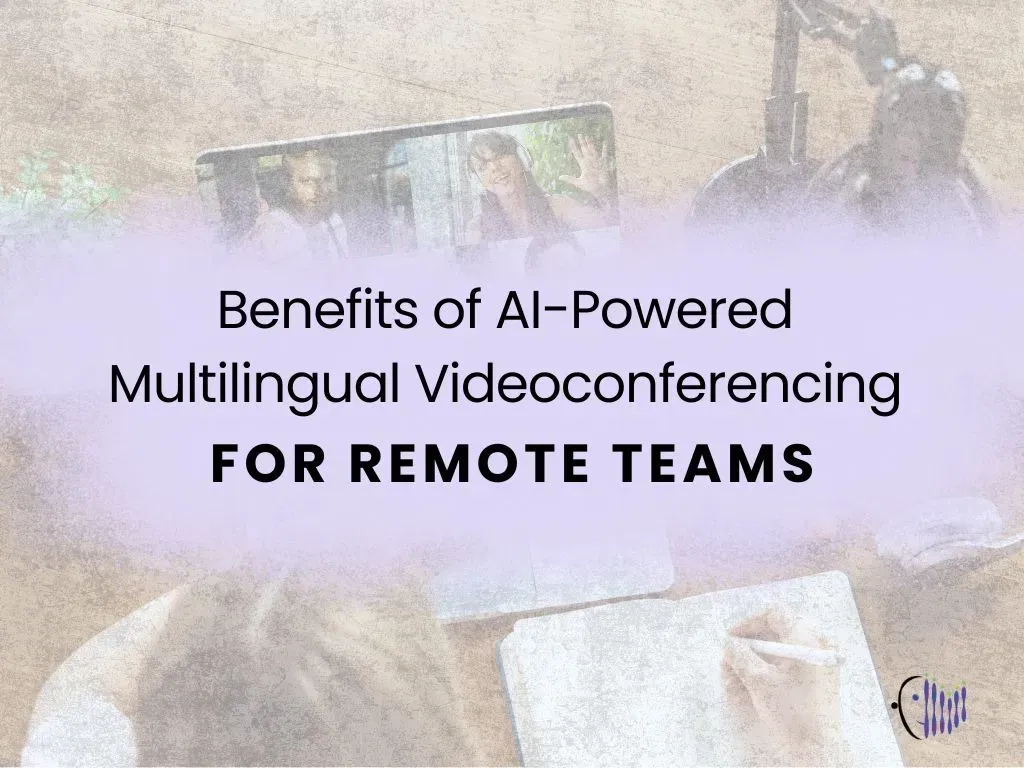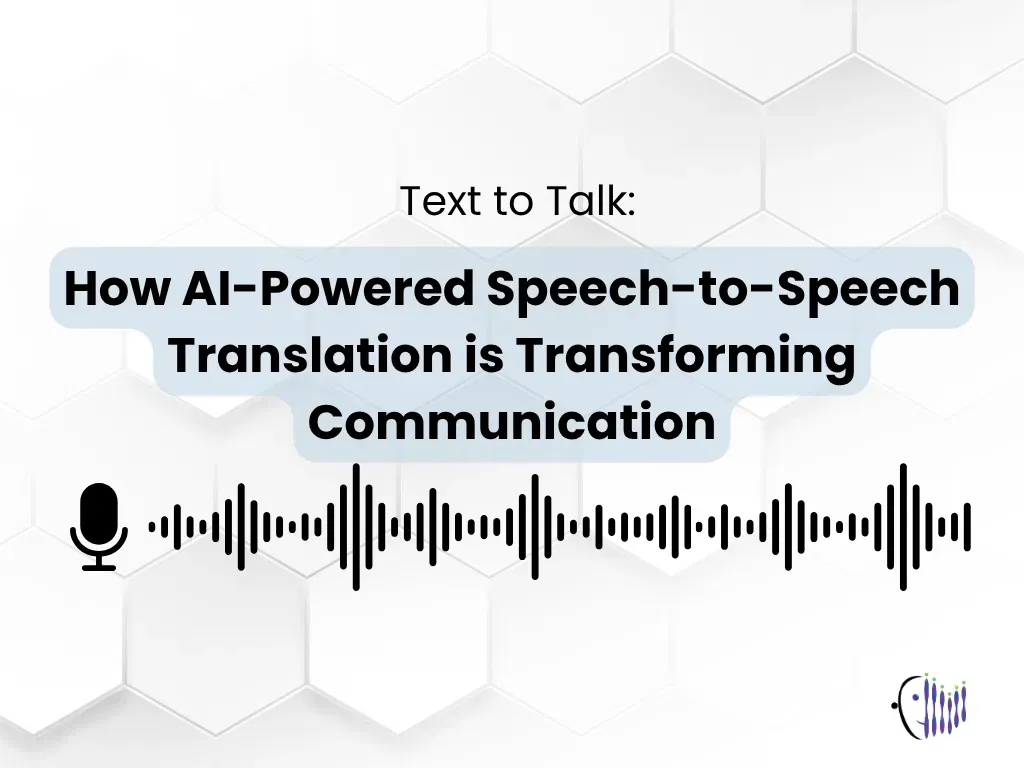Europe is a melting pot of languages. While the European Union officially recognizes 24 languages, there are over 200 regional and minority languages spoken across the continent. This linguistic diversity fosters cultural exchange but also presents challenges, especially in professional meetings. Multilingual interactions are often complex, whether in business negotiations, academic conferences, or parent-teacher meetings. Fortunately, AI-powered technology redefines how people connect, helping bridge language barriers in real-time.
So, how exactly does AI help connect people from diverse language backgrounds? Let’s explore!
The Beauty and Complexity of Europe’s Linguistic Landscape Language is not just a tool for communication; it carries history, identity, and values. In Europe, languages like French, German, and Spanish dominate in many regions, but more minor languages, including Basque and Catalan, continue to thrive. Additionally, Europe hosts immigrant communities that bring even more linguistic diversity, contributing to the over 300 spoken languages across the region. This linguistic richness is a source of cultural pride but also presents real challenges—especially in multilingual settings.
Many Europeans speak multiple languages, but relying on individual multilingual skills isn’t always feasible. For instance, Belgium’s official languages—Dutch, French, and German—often face communication hurdles between citizens and even within government institutions.
In Switzerland, national referendums must be translated into German, French, Italian, and Romansh to ensure that voters across all language groups receive the same information.
Moreover, in international organisations like the European Union, multilingualism is a logistical challenge, with parliamentary sessions requiring simultaneous interpretation into multiple languages—an expensive and time-consuming process.
Beyond these official settings, language barriers can also impact personal interactions. Professionals in cross-border regions such as France and Germany often encounter difficulties collaborating when they don’t share a common language. Similarly, international conferences and events can leave participants struggling to follow presentations or express themselves fully, even with the aid of interpreters.
Many people living in Europe—while multilingual to varying degrees—may still face difficulties using their non-native languages fluently in professional or formal situations. Even minor misunderstandings can derail discussions, causing confusion or unintended offence. As globalisation drives more cross-border collaboration, finding effective ways to bridge these linguistic gaps becomes increasingly critical.
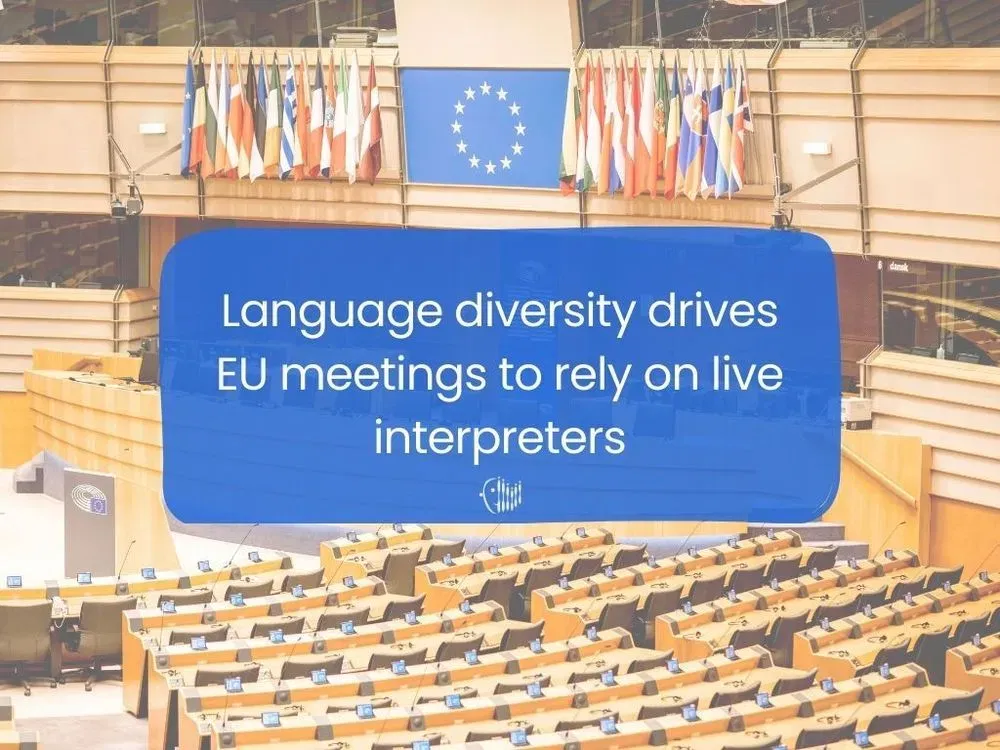
AI: A Game-Changer for Multilingual Communication
The rise of artificial intelligence offers a practical solution to these challenges. AI-powered translation tools have evolved far beyond simple text translation, including speech recognition and real-time communication capabilities. This new wave of technology allows people to converse naturally in their preferred language without losing meaning, nuance, or flow.
VideoTranslatorAI’s multilingual videoconferencing tool is designed to enable seamless communication across languages. This tool offers real-time audio and text translation, ensuring all participants can converse without language barriers. With an intuitive interface similar to familiar video meeting platforms, it’s easy to use—no special technical skills required!
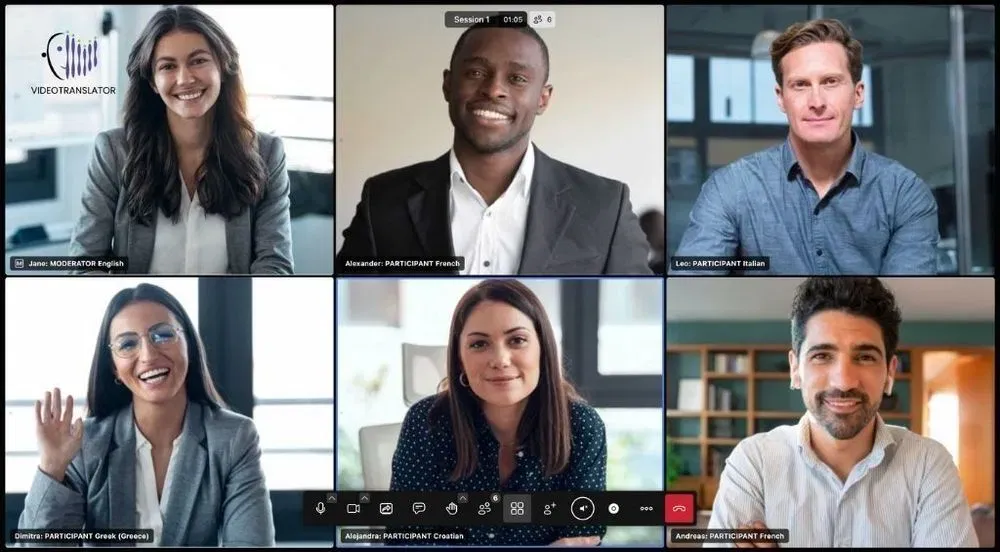
How AI-Powered Translation Enhances Communication Across Borders
- Greater Inclusivity and Accessibility Language barriers can prevent non-native speakers from fully participating in conversations. AI-powered translation ensures that everyone—regardless of their native language—can express ideas freely and confidently, fostering a more inclusive environment. This makes it easier for diverse teams, communities, or event participants to engage without feeling left out.
2.** Improved Clarity and Accuracy** Miscommunication can occur when participants speak different languages, especially with nuanced topics or cultural idioms. AI-powered tools provide accurate, context-aware translations, minimising misunderstandings and ensuring the intended meaning is conveyed across languages.
Seamless, Real-Time Communication Traditional translation methods, such as relying on interpreters or post-event transcripts, can disrupt the flow of conversations. AI technology offers real-time translation, allowing discussions to proceed smoothly without interruptions, which keeps participants engaged and conversations productive.
Increased Efficiency in Meetings and Collaboration AI-powered translation eliminates the need to schedule interpreters or create multilingual documentation beforehand, streamlining preparation. Teams can focus on collaboration and problem-solving, saving time and resources while maintaining effective communication across languages.
Enhanced Cross-Cultural Understanding AI tools can translate words and nuanced expressions, promoting mutual understanding between people from different cultural backgrounds. This helps participants feel heard and respected, encouraging more open and collaborative interactions.
Scalable Solutions for Global Communication Needs AI-driven translation technologies are flexible and scalable, supporting everything from small meetings to large-scale international events. As the demand for multilingual communication grows, these tools ensure organisations can adapt quickly and communicate effectively across borders
Why Real-Time Translation is the Future of Multilingual Communication As businesses, educational institutions, and government bodies grow more global, communicating across languages becomes essential. Real-time translation is not just a convenience; it’s a necessity for fostering trust, efficiency, and cultural understanding.
AI-powered multilingual videoconferencing tools like VideoTranslatorAI offer an innovative way forward. They empower people to connect meaningfully, no matter their language background. With the right technology, every conversation can flow naturally, making multilingual meetings no longer a hurdle but an opportunity for richer collaboration.
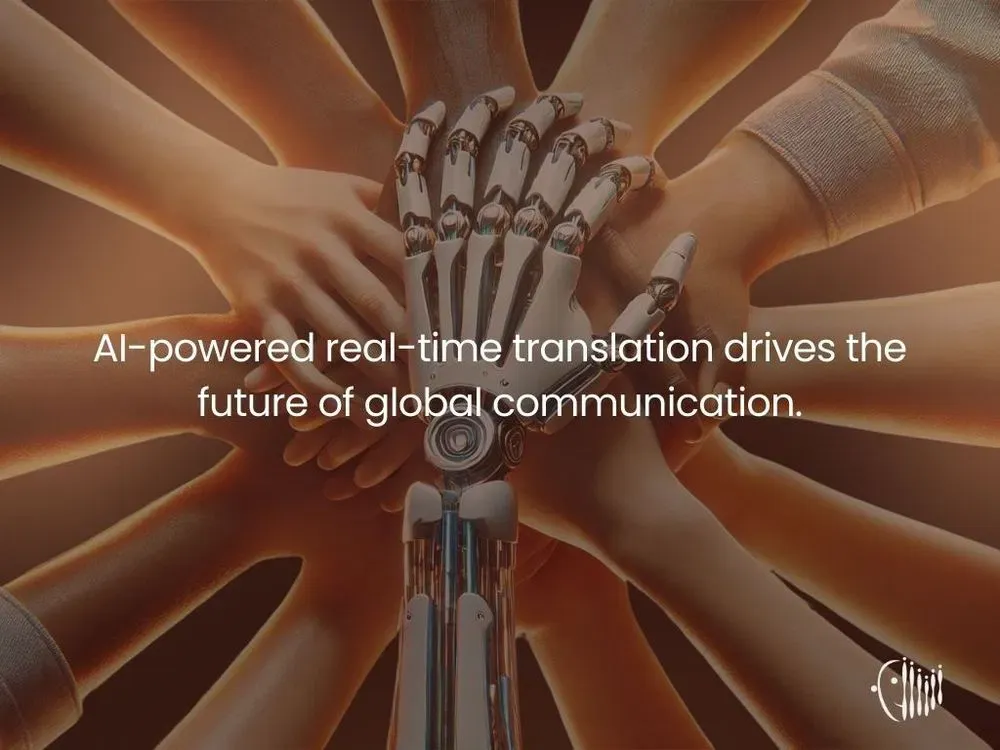
Conclusion
Language diversity is one of Europe’s greatest strengths, but it can also create challenges in cross-language communication. In an increasingly interconnected world, smooth, inclusive, and efficient communication is essential for professional meetings, collaborations, and cultural exchange. AI-powered translation offers a powerful solution, breaking down language barriers and enabling people to connect meaningfully in real-time—whether in business, education, or everyday conversations.
With tools like VideoTranslatorAI’s multilingual videoconferencing solution, navigating multilingual meetings becomes effortless. As technology evolves, AI will play a pivotal role in fostering understanding, collaboration, and unity across diverse language backgrounds—unlocking new opportunities for global engagement.
Ready to experience seamless multilingual communication? Discover how VideoTranslatorAI’s videoconferencing tool can revolutionise your next meeting! For further inquiries, email hello@videotranslator.ai.
See you next time!
